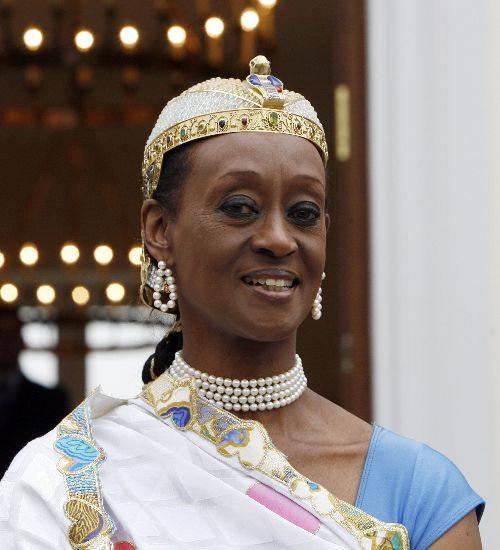
The embalming process was a skilful and expensive one, requiring removal of the internal organs (lungs, intestines, stomach and liver) and placing them inside ‘canopic’ jars. To enable this, their body needed to be recognizable. Often, they form the focus for ‘memorial rides’, such as New York's annual Five Boro Bike Tour held not only in remembrance of those who died so tragically, but to serve as a platform for discussions around road safety.Įgyptian mummification was borne out of the belief that in order to enter the afterlife, the dead person would have to repossess their body.
#Death rituals and the kingdom of the dead homer .edu drivers#
These monuments serve to not only memorialize the dead, but to mark the exact place of that death and as a warning to others (cyclists and drivers alike). Other memorials can include candles, flowers and photographs.

Louis, Missouri, with a message that read: ‘cyclist struck here.’ The first recorded ghost bike appeared in 2003 in St. Their central motif is a real bicycle, which has been painted white. Ghost Bikes are roadside memorials to cyclists who have been killed in road traffic accidents. *Picture: Nheyob via Creative Commons Ghost Bikes These relics were often said to be able to cure the sick, and are still venerated across the world today. Heads, hands and feet were particularly popular. Third-class relics were those that had come into contact with a saint, while a second-class relic was an object said to have been owned or frequently used by a saint.Ī prized first-class relic was the physical remains of the saint, or a part of their body. They were divided into three ‘classes’, from least auspicious to most sacred. Throughout the Middle Ages, saints’ relics formed the focus for lengthy pilgrimages across Europe. Many of the plastered skulls, were eventually reburied, and archeologists have noted that they show signs of breakages and repair, suggesting that they were frequently handled by living relatives over long periods of time. Their faces were recreated using plaster, with shells sometimes inlaid for eyes, and other facial details added with pigment. People were buried beneath house floors and, after their body decomposed, their skull or cranium was retrieved. We know of around 90 plastered skulls from the Neolithic Middle East (modern day Syria, Jordan and Turkey), dating back to 8,500–7,000BC.

Here, she takes a look at 10 ancient and modern death rites and funeral traditions, which show how people have maintained relationships with loved ones when they die. Throughout history, says archaeologist Dr Lindsey Büster, people have used ceremony, science and art, to establish ‘continuing bonds’ with the dead.


 0 kommentar(er)
0 kommentar(er)
